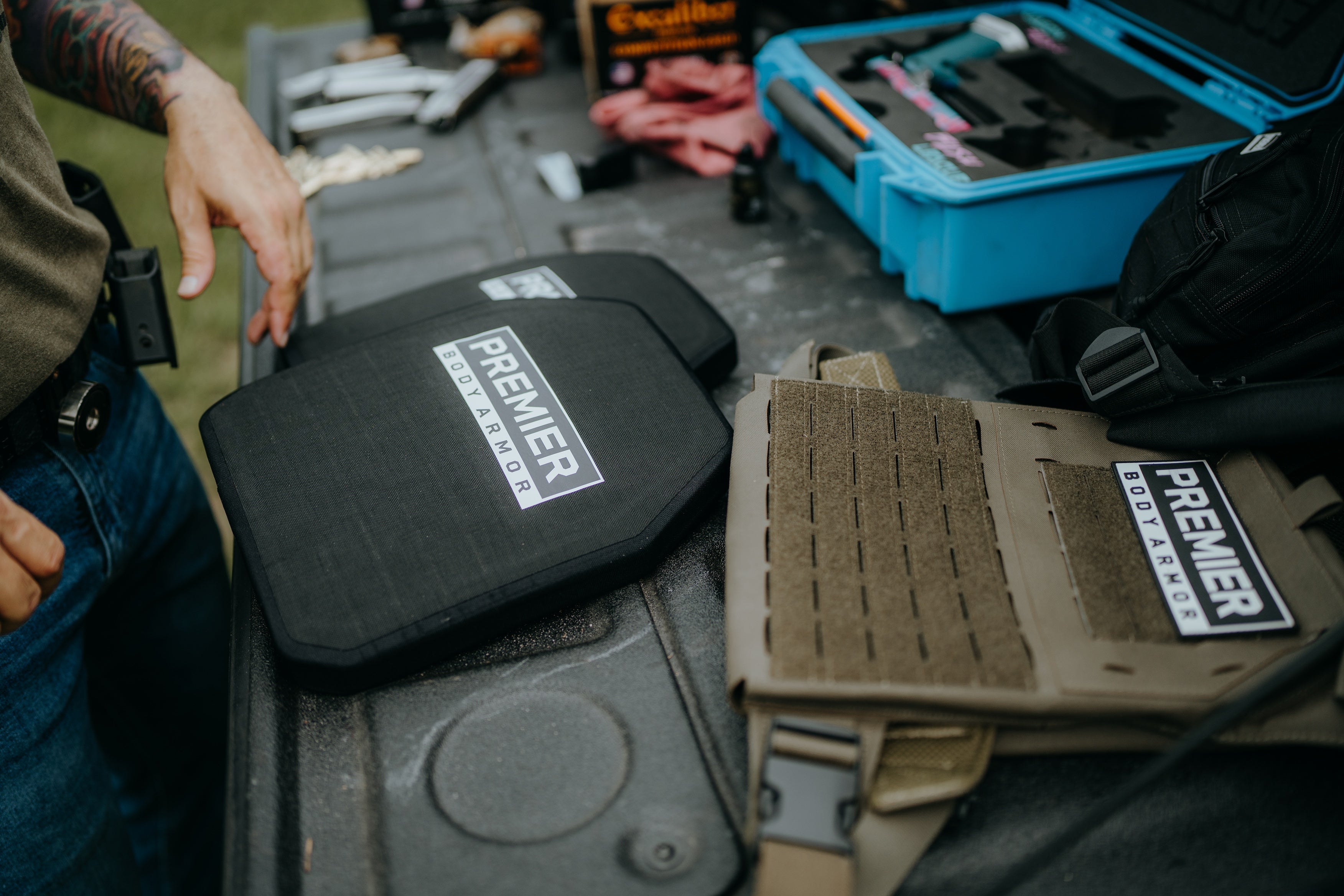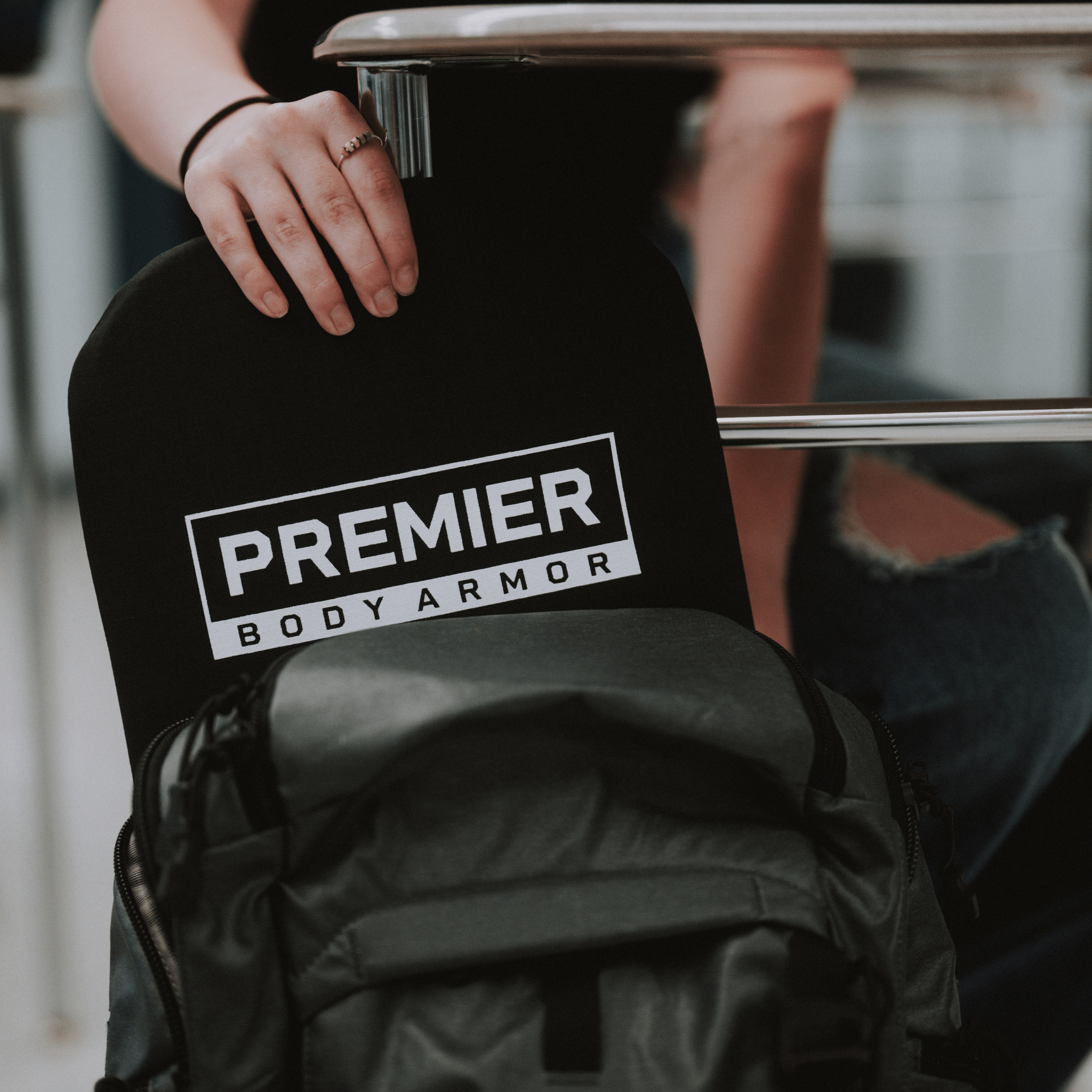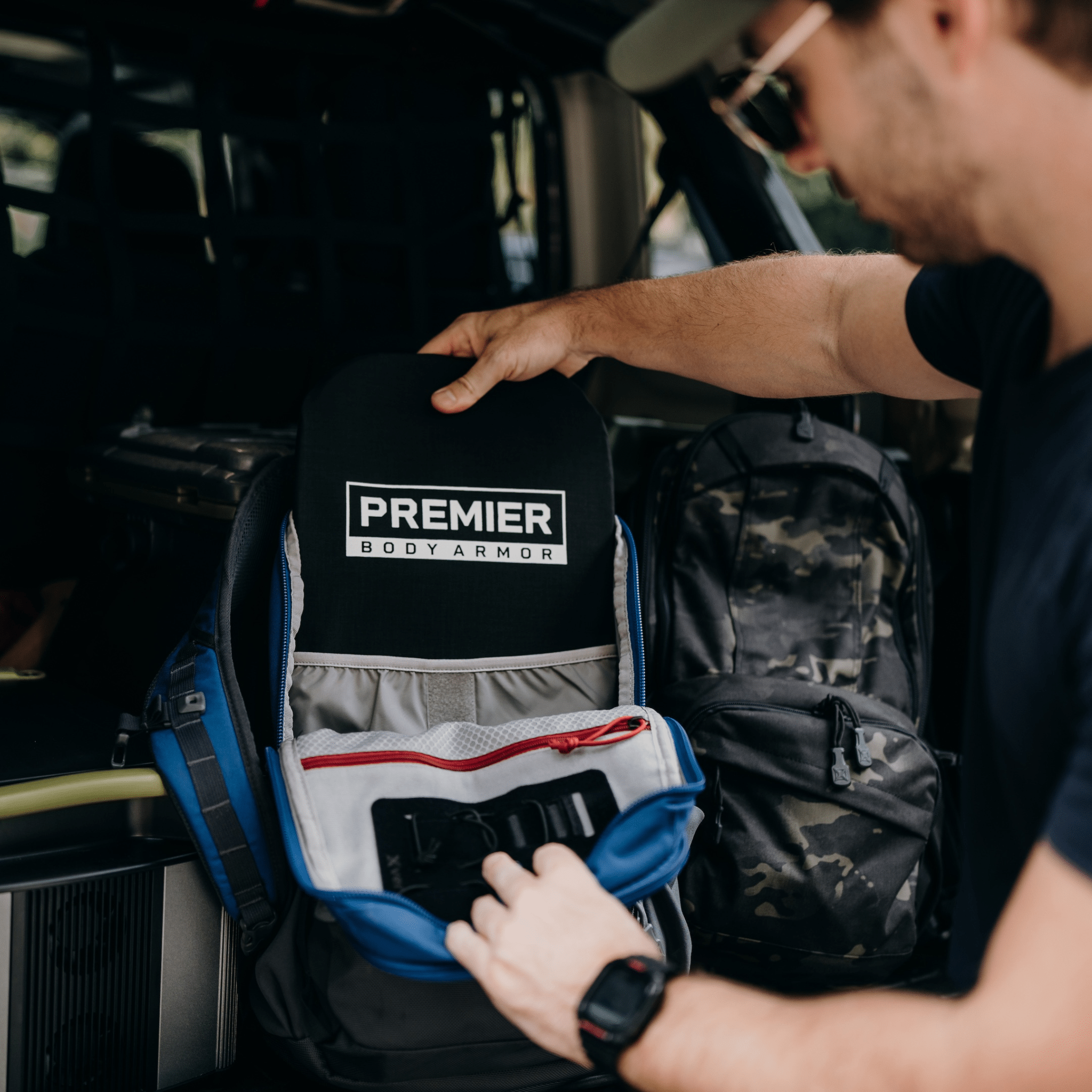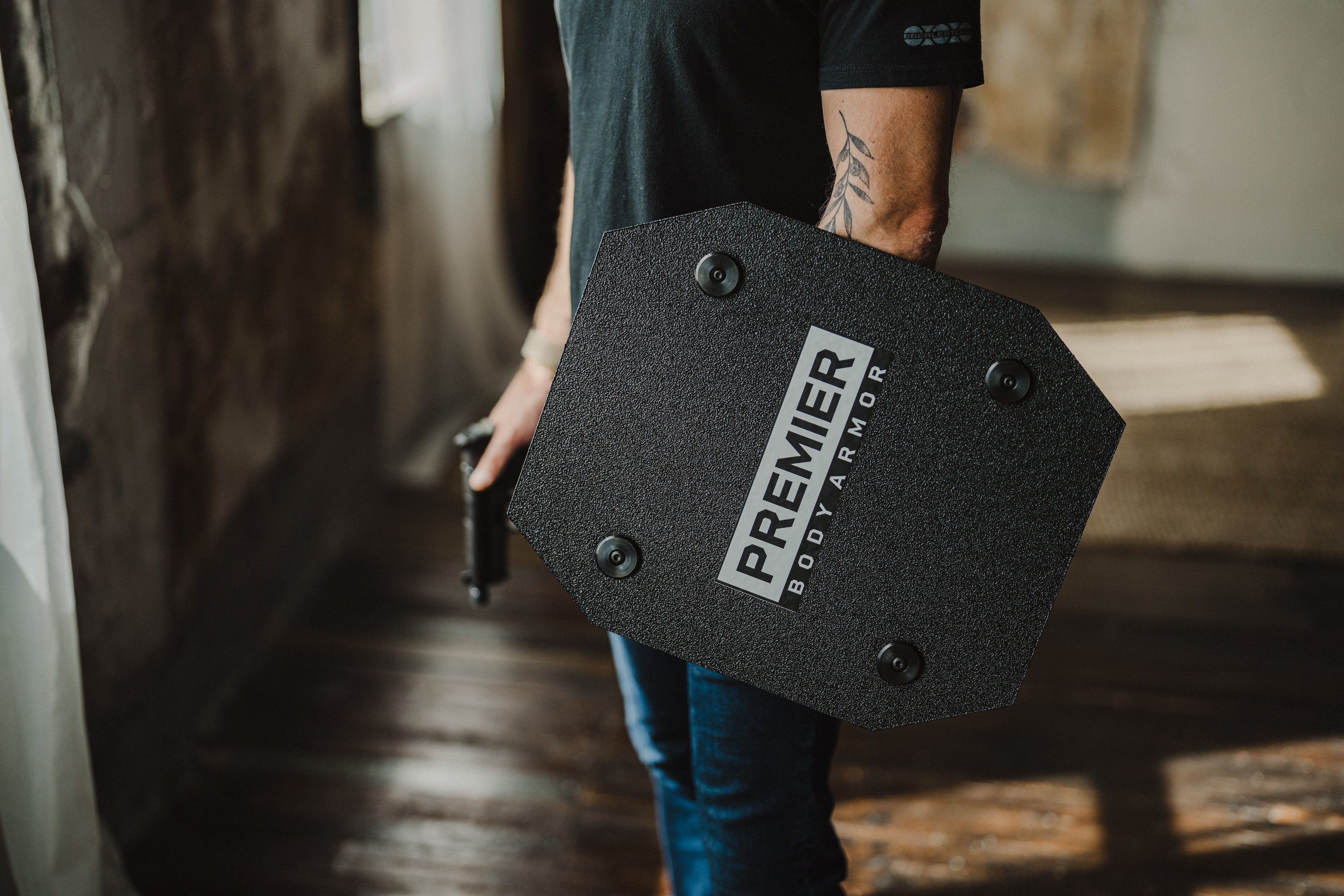How to Talk to Your Kids About a Home Invasion
Guest post by Emily Johnson
As parents, we do everything in our power to keep our homes and families safe. However, sometimes unfortunate events like home invasions can happen despite our best efforts.

Discussing this scary topic with our kids isn’t easy, but it's necessary to ensure their safety and make sure they are prepared just in case. In this blog post, we’ll go over some tips on how to talk to your kids about a home invasion so that they will know exactly what to do should a situation arise.
First, let’s go over a few statistics just so you know how important it is to talk to your kids about home invasions.
Home Invasion Statistics
Property crimes are the most common type of crime in the U.S. On average, over one million home break-ins happen every year, most of which happen during the day when it is assumed a homeowner is at work. The average home invasion lasts just 8-10 minutes.
Some good news is that only 7% of these burglaries involve violence. This is largely because the penalty for a home invasion involving violence is significantly higher. Most criminals are looking for easy-to-sell valuables.
Talking to Your Kids About Home Invasions
All kids are different. Some prefer the cold hard facts while others need a bit of sugar-coating. You know your children better than anyone else, so it’s important that you address what to do in the event of a home invasion in a way that is suited to their personalities.

It's important to be honest with your children about the potential for a home invasion. While it's unlikely that such an event will happen, you need to have a plan in place in case it does. Here are a few tips for that all-important conversation:
- Reassure them that you will do everything possible to keep them safe.
- Explain what a home invasion is and why it’s important to be prepared.
- Help them develop a plan for what they should do if an intruder enters the home.
- Discuss the plan
Create and practice a home invasion defense plan
- Have a safe room that can be locked.
- Pick out a good hiding spot(s).
- Identify escape and exit routes.
- Practice how to use home defense safety equipment, like a Home Shield, designed to provide unparalleled and practical defense against an armed home invader.
- Have a meeting place outside of the home.
- Designate a neighbor or relative to be an emergency contact.
- Have a code word to alert everyone that it’s time to enact the emergency plan.

Teach Your Children What Not to Do First
Before teaching your children what to do in the event of a home invasion, it’s a good idea to go over what they shouldn’t do first.
Do not share personal information online
Never give out your name, address, or other personal information.
Disable geotagging on your photos
Did you know that by default that every picture you (or your kid) take on a smart phone automatically embeds the exact location of that photo in the meta data. Shared with the wrong person, that data can be easily extracted to pin point the photos location.
For iPhone users: Settings > Privacy > Location Services, scroll down and tap on Camera, then select the 'Never' option.
For Android users: Settings > Apps > Camera. Tap on Permissions and toggle Location OFF.
Never open the door without permission
There are several completely innocent reasons someone may knock on your door, but it is important NEVER to open the door without permission. Make sure you can positively identify who someone is before opening the door.

Never speak to unknown people
Whether in person or online, it’s important to remember that just because someone tells you who they are doesn’t mean they are telling the truth.
Never let someone into the house unless you know them
Make sure kids understand they should have permission before letting someone inside. Better yet, have them ask you, their parent or guardian, to come to the door. If kids will be home alone, talk through the scenarios and whether you want them to answer the door or ignore it. If they answer the door, be sure they don't say, "my parents aren't home".
Don’t share too much on Social Media
While it’s great to share photos and information with friends, it’s not just friends who might see the posts. Tell kids to keep social media private and wait to post about trips until they're home. Posting about being gone makes it obvious no one is home.

Particularly if your children are young, talking about a home invasion may be a bit scary. So many experts suggest first talking to your children about what you’re already doing to prevent a home invasion from happening.
Things You Can Do to Help Prevent a Home Invasion
- Install a security system or a motion activated wifi camera(s). Install it in plain sight. We like the TOUCAN camera because it does not require an expensive monitoring plan.
- Install outdoor motion detection lights. These GE LED bulbs have motion sensing technology built and will fit any existing light fixture.
- Keep a light or two on in the house to make it look like it’s occupied.
- Do not showcase valuables.
- Lock your doors and windows, even if you are home.
- Keep your garage closed and locked.
- Leave a car parked in the driveway.

Now, even with a good offense, a home invasion may still occur, so it's also important to teach your children what to do during an active home invasion.
6 Things You Should Tell Your Children to Do in the Event of a Home Invasion
- Implement your home defense safety plan.
- Go to the safe room if possible or stay where you are and hide.
- Wait for mom, dad, or the police to tell you it’s safe to come out.
- Dial 911 if possible.
- Stay calm and quiet.
- Don’t confront the intruder.

Again, the last thing we want to do as parents is scare our children. But it is also important to balance this with ensuring our children know what to do in the event a home invasion does occur. By talking to your children, formulating and practicing a safety plan, and giving them the ability to protect themselves, you can help keep them safe while giving them peace of mind at the same time.











I listed to leave a car in the driveway but the young offenders who broke into my house just smashed it up with bricks.
Leave a car parked in the driveway, and it will either be stolen, or parts will be stolen off of it. Popular items are catalytic converters, wheels, or a smash and grab of anything left inside like loose change.
Great tips for preparedness.
Leave a comment